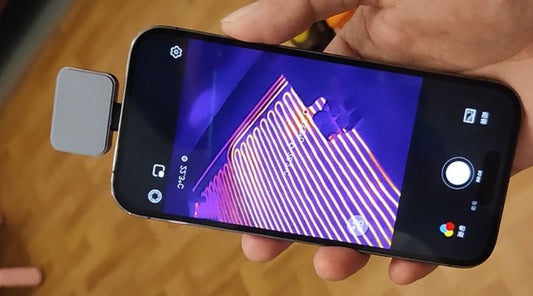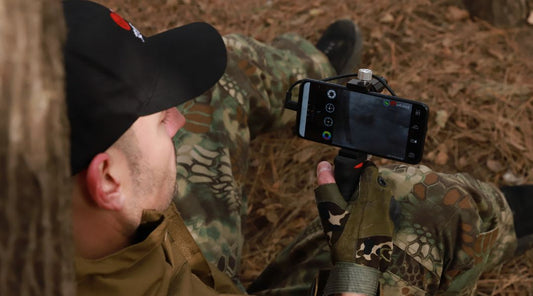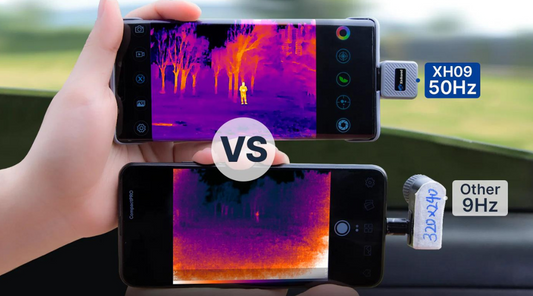Beyond Hunting and Surveillance: Creative Uses for Thermal Monoculars
Thermal monoculars are typically associated with hunting and surveillance, but they have several other creative uses. Thermal monoculars are essential tools for anyone who needs to detect heat signatures from a distance, and they can be used in a wide range of settings, including industrial, medical, and scientific applications. In this article, we will explore some of the lesser-known uses for thermal monoculars.
Industrial Applications
One of the primary uses of thermal monoculars in industrial settings is detecting leaks in pipes and other equipment. Heat signatures from leaks are often invisible to the naked eye, but thermal monoculars can detect them easily. This makes it possible to identify and repair leaks quickly, reducing the risk of accidents and increasing the efficiency of the equipment.

Another industrial application of thermal monoculars is detecting hotspots in electrical systems. Hotspots are areas where the electrical current is concentrated, and they can indicate a potential problem. By using a thermal monocular to detect these hotspots, technicians can identify potential issues before they become major problems.
Medical Applications
Thermal monoculars can also be used in medical settings to detect hotspots in the body. This is particularly useful for identifying areas of inflammation, infection, or injury. Thermal imaging can also be used to detect early-stage cancer by identifying abnormal areas of heat in the body.

Thermal monoculars can also be used to monitor the body temperature of patients. This is particularly useful in situations where it is difficult or impossible to use traditional thermometers, such as when a patient is unconscious or unable to cooperate.
Scientific Applications
Thermal monoculars are essential tools for researchers in a wide range of scientific fields. They can be used to study animal behavior, particularly in low-light conditions. Thermal imaging can also be used to monitor the movement of animals, such as bats, that are difficult to observe with traditional methods.
Thermal monoculars are also useful in studying the environment. They can be used to detect changes in temperature and moisture levels in soil, which can be an indication of changes in the ecosystem.
In addition to the applications mentioned above, thermal monoculars are also used in search and rescue operations. They can detect heat signatures from humans and animals, making it easier to locate them in low-light or challenging environments, such as dense forests or mountainous areas. This can save precious time and increase the chances of a successful rescue.
Another creative use for thermal monoculars is in home energy audits. By using a thermal monocular to detect areas of heat loss in a home, homeowners can identify areas where insulation needs to be added or improved, resulting in increased energy efficiency and lower energy bills.

Thermal monoculars are also useful in the field of agriculture. They can be used to monitor the temperature of crops, allowing farmers to make informed decisions about irrigation and harvesting. They can also be used to detect pests and diseases, which can be identified by changes in temperature.
Conclusion
Thermal monoculars are versatile tools that have a wide range of uses beyond hunting and surveillance. They are essential tools for professionals in a range of fields, from industrial technicians to medical professionals to researchers. By detecting heat signatures from a distance, thermal monoculars can help identify potential problems before they become major issues, and they can provide valuable insights into a range of scientific phenomena.




